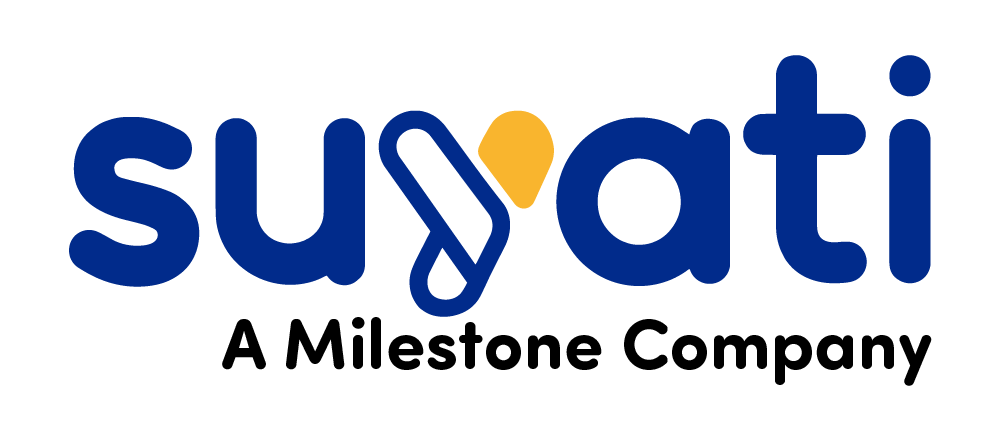Salesforce has innumerable features, is easy to customize and offers many options for integration thanks to its open API. Like any great CRM software, the customer takes a journey with it and this journey doesn’t simply end with implementation.
There is a misconception that once Salesforce is implemented, things will sort themselves out. This seems to be the case with most technologies and companies make this mistake constantly. A multi-layered and dynamic CRM like Salesforce needs a lot of work and post-implementation drives to make sure that things are working and that the teams are supported. For instance, many companies do not even allocate enough budget post deployment, and focus their energies and budgets on the actual implementation. When it comes to Salesforce, improving upon the CRM is a continuous work in progress, and the work you do on the platform has no expiry date.
Implementation and configuration
The first step is to implement Salesforce by outlining the different business processes and timeframes that you have in mind. You should then align them with your goals as an organisation and what you want out of Salesforce CRM. Including a strong implementation partner would be a good idea at this stage.
The next step is to actually configure workforce. Here, you need a strong team to configure all you can do in your software and this is where a Salesforce administrator would come in handy. As part of configuration you need to run field utilization reports, check configuration errors, improve efficiency by deactivating non-active users, migrate data, run APEX tests and keep your audit trails updated.
Boost user adoption after implementation
Implementation of Salesforce CRM is only half the job done. You still need to push for user adoption across the organisation. Getting your organisation’s sales people to be power users and product champions is crucial. Show and convince them how Salesforce will improve and simplify their work, how seamless it is to use, and how they can use specific features to streamline their work. It is critical to set out a roadmap for user adoption after implementation. Seeing a product demo is vastly different from using it and adapting to it.

Without a clear user adoption plan, your organisation will not get to an acceptable level of Salesforce adoption and optimisation. It is also important to communicate clearly and precisely on how long it takes to break into each stage of the user adoption and what to expect at each stage.
Expanding Salesforce operation after implementation is critical. Create a strong powerful advantage to customizing Salesforce for end users and not just managers. Conduct performance reviews using the Salesforce dashboards and reports, and use only Chatter to collaborate and communicate. Chatter is a great way to increase user adoption. You also need to:
- Certify and train your staff to use the new system
- Give concise and lucid training manuals
- Offer technical and non-technical support to your users
- Customize Salesforce to match the organisation, work culture and personal brand
Use specific metrics to measure adoption among users and observe the features of Salesforce that are being adopted and drive adoption of features that are important and truly matter.
Upgrade and optimize
Apart from the initial planning and implementation, you need to maintain and upgrade the system to make sure the platform is optimized. Salesforce is best-known for its integrations and the third-party services and add-ons that it offers. For businesses, it becomes all the more important to understand and facilitate this integration instead of developing their own solutions from scratch. With integrations and upgradations, businesses can take into consideration all the touchpoints of a customer’s journey, including data visualization and integration with social media. Integrating a project management module with Salesforce, for example, can make sure you are up to date on technical tasks. Eventually, you can use Salesforce for marketing and customer relationship management.
Structured sales processes will lead to better business outcomes and aligning sales processes with the uses of Salesforce will drive performance significantly.
Post-Implementation training and roadmap
It is important to have a concrete post-implementation plan for Salesforce. First up is post-implementation training. It is important to make sure that users are up to date and know how to adopt Salesforce across all their different projects. End users should be open to trying new systems and there should be buy-in right from the top level to make sure everyone adopts Salesforce and its new systems. It is also important to keep everyone up to date on the uses of the CRM, including how it lowers costs, increases revenue and boosts productivity. Use data and analysis to back the need for using the system consistently and optimally.
It is crucial to have long-term vision for the way you use Salesforce. Look closely at the outcomes you want, the problems you wish to solve, the metrics for your success, and the processes you want to improve. The plan can be both general and specific, right from drafting your plan forward to making sure small additions are done, such as receiving real-time information or using Salesforce for communication.
With technology changing so rapidly every day, it makes sense, as part of the post-implementation plan, to have a dedicated process to understand the software, how it needs to be altered and adapted, and what business processes need to be adapted to keep business goals on track.
READ : How Salesforce-Slack Acquisition can benefit your Salesforce CRM?
For a post-implementation plan, you should:
Find out more about the pain points faced by users and chart out changes, if any, and change the training modules accordingly. A feedback system here will really help.
It makes sense to look at things beyond just the next few months and envision what Salesforce can do for your company down the line.
Take advantage of the huge and vibrant Salesforce community that’s out there, including success stories and advice online. You can also mobilize users into a community or group and make sure that all doubts are cleared. There is a lot of content online but creating a library of specific resources makes sense.
Target tracking, goals and metrics
Post implementation target tracking, goals and metrics are important. Many organisations track sales versus targets outside of the CRM they work with and this renders Salesforce useless to all who work with it. Instead, embed target tracking into your Salesforce and make it a sound part of every project you undertake. For each business goal, report on it and define how you will measure its success. Salesforce has a definitive list of performance metrics, including data quality, usage and business performance, and extensive reports that shows user logins, accounts created, opportunities created, accounts with all fields populated etc. Metrics vary according to business goals and the organisation.
Reach out to the Salesforce team
There is a wealth of expertise that Salesforce offers beyond just its customer support. Customer success and solution architects use their extensive knowledge to help businesses make smart decisions, implement goals, and make sure that they link your strategy and execution to specific outcomes. Salesforce solution architects also help you adapt and innovate faster with the CRM. Strategic service consultants also help optimize business and IT solutions. Product partners also build upon existing Salesforce CRM and customize them to create solutions that don’t typically come out of the box.
Focus on continuous improvement
It is important to focus on continuous, all-round improvement when it comes to a post-implementation plan for Salesforce. Work on improving processes and include future phases in plans, ROI analyses and roadmaps. Be prepared to do an overhaul post launch and keep the changes going because a lot of things change when you hit the ground running with new software and its implementation.
In the end, it is about making Salesforce work perfectly for your organisation. This involves getting users to be power users and adopters. It also involves leadership and a proactive management. Flexibility should be complemented by strong design fundamentals.

